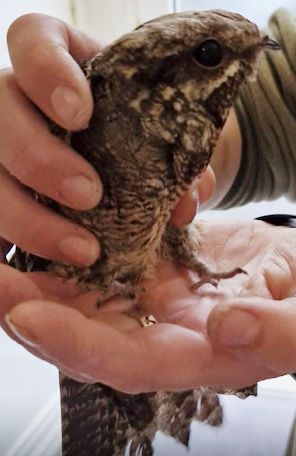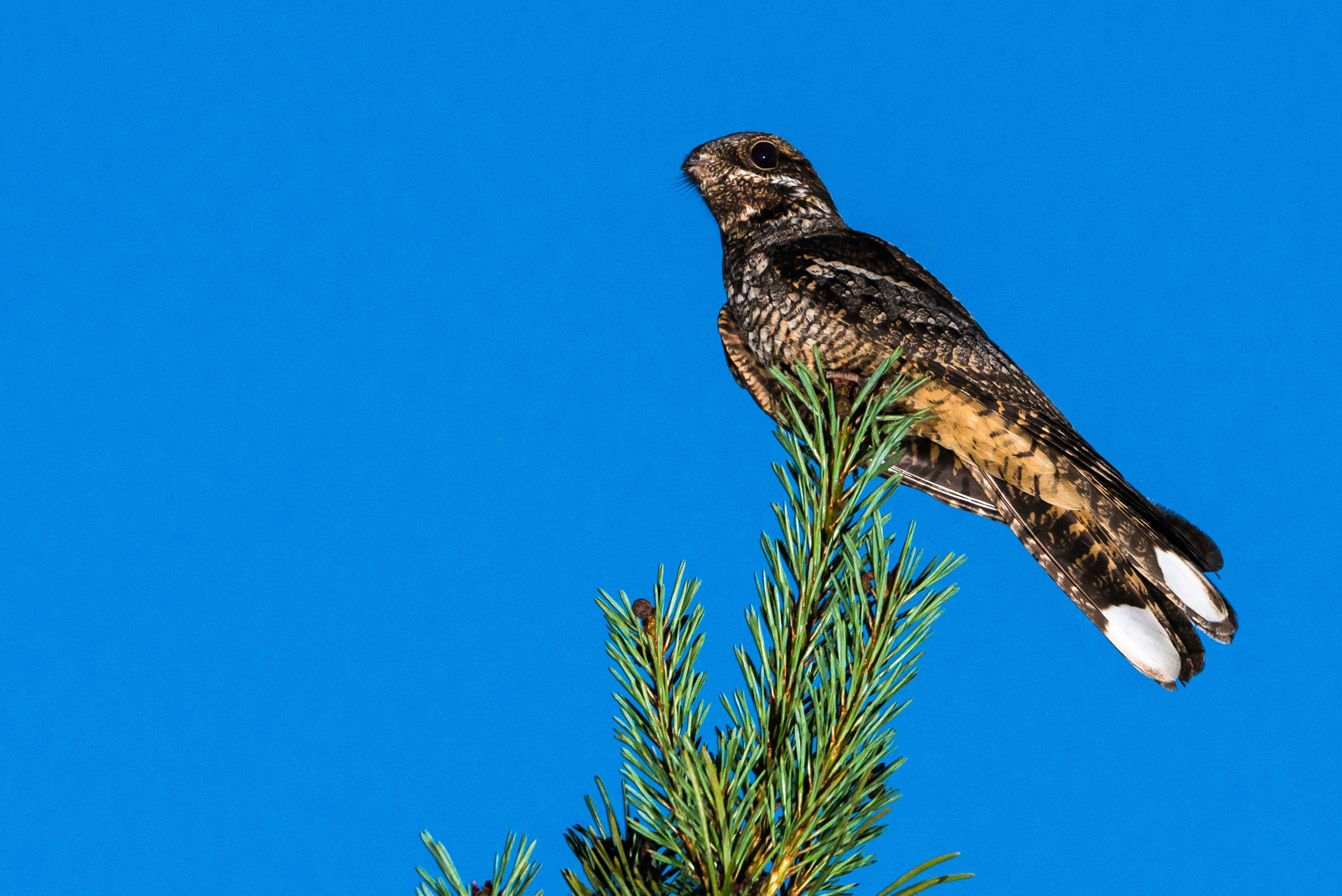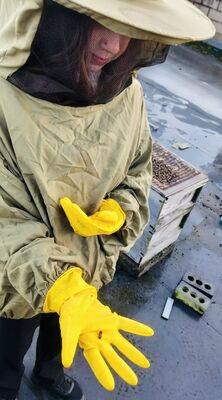IS it a bird? Is it a bat? Is it even some kind of large winged insect?
This Irish bird is as mysterious as it is reclusive. But like so many of our rarities, it was once an inhabitant of our own Belfast hills.
But the nightjar doesn’t mix well with people – you could say it ‘jars’ with us.
Above all, it needs totally undisturbed land to nest on.
Dúlra gets the impression that people generally understand and accept that birds nest in trees – but on the ground? OUR ground?
Try telling someone that they can’t walk somewhere and you won’t like the response!
The nightjar doesn’t even build a nest. It just finds some fallen tree debris, like old twigs and leaves, and lays its eggs. If there’s a chance that a person or a dog will walk there or anywhere nearby, the bird won’t chance it.
More recently it has taken to newly cut conifer plantations, where it can nest among the broken twigs for about five years until the new growth gets too big.
In Dúlra’s favourite bird book says there are 30 pairs in Ireland – it was published 25 years ago. Today, it’s a handful at best.
And this may be one of them – in the hands of bird rescue champion Debbie ‘Doolittle’ Nelson. It was found earlier this month injured in County Tyrone and brought to Debbie’s Crumlin sanctuary where it was cared for and released into the wild once more.
So it does exist – and not so far from Belfast. This summer visitor is known to nest in the very south – it’s said there is at least one breeding pair in Wexford – but it seems it hasn’t given up on the north.
Dúlra knows they used to breed on the Belfast hills because he used to know a man from Andersonstown who once lived in a cottage on Colin Mountain – and he would tell Dúlra of an incredible bird that called through the night there. “I bet you’ve never heard of this bird,” he's say to Dúlra. “It sounds like a spinning wheel and it’s called a nightjar.” The spinning wheel reference is straight from its Irish name – tuirne lín. And Dúlra knew that the story was so specific that it had to be true.
SPECIAL: The nightjar in Debbie’s hands
And that call certainly is eerie – the closest Dúlra has got to it is on YouTube.
A decade or so later Dúlra and his brother John were walking that same hill. We split up – unfortunately – to increase our chances of happening on something interesting. Dúlra took the higher hill and walked across the thick heather. Suddenly from his feet a bird took off, the like of which he had never seen before.
It flew more like a moth than a bird, twisting and turning as it disappeared over the horizon. Dúlra was convinced it could only have been a nightjar – but he didn’t have another pair of eyes to confirm the sighting with. But he knew this part of Colin Mountain probably hadn’t seen a pair of boots in many years, so it would have been perfect for a bird that once nested here.
It sleeps during the day, resting on the ground in camouflage, only flying when an intruder is right beside it.
Last year Dúlra returned to the same spot – but scramblers were motoring across the hill, terrifying even the skylarks and meadow pipits away, never mind the reclusive nightjar.
Despite its imminent extinction from Ireland, its European population is still healthy – thanks to half a million pairs in Russia.
Like the name suggests, the nightjar sleeps during the day and hunts at night. But unlike, say, owls, it doesn’t target mice or other creatures. Instead its foe are moths.
As it flies over desolate bogs and moors, it opens its big gob which acts like a trawler’s net, scooping up insects. The mouth is lined with bristles like a cat’s whiskers, and these funnel the flying insects inside.
All in all, it’s more like a supernatural creature than something from this Earth. But after Debbie’s successful release of this injured bird, Dúlra still clings on to the hope that it will once more return to the Belfast hills to breed.
• If you’ve seen or photographed anything interesting, or have any nature questions, you can text Dúlra on 07801 414804.







